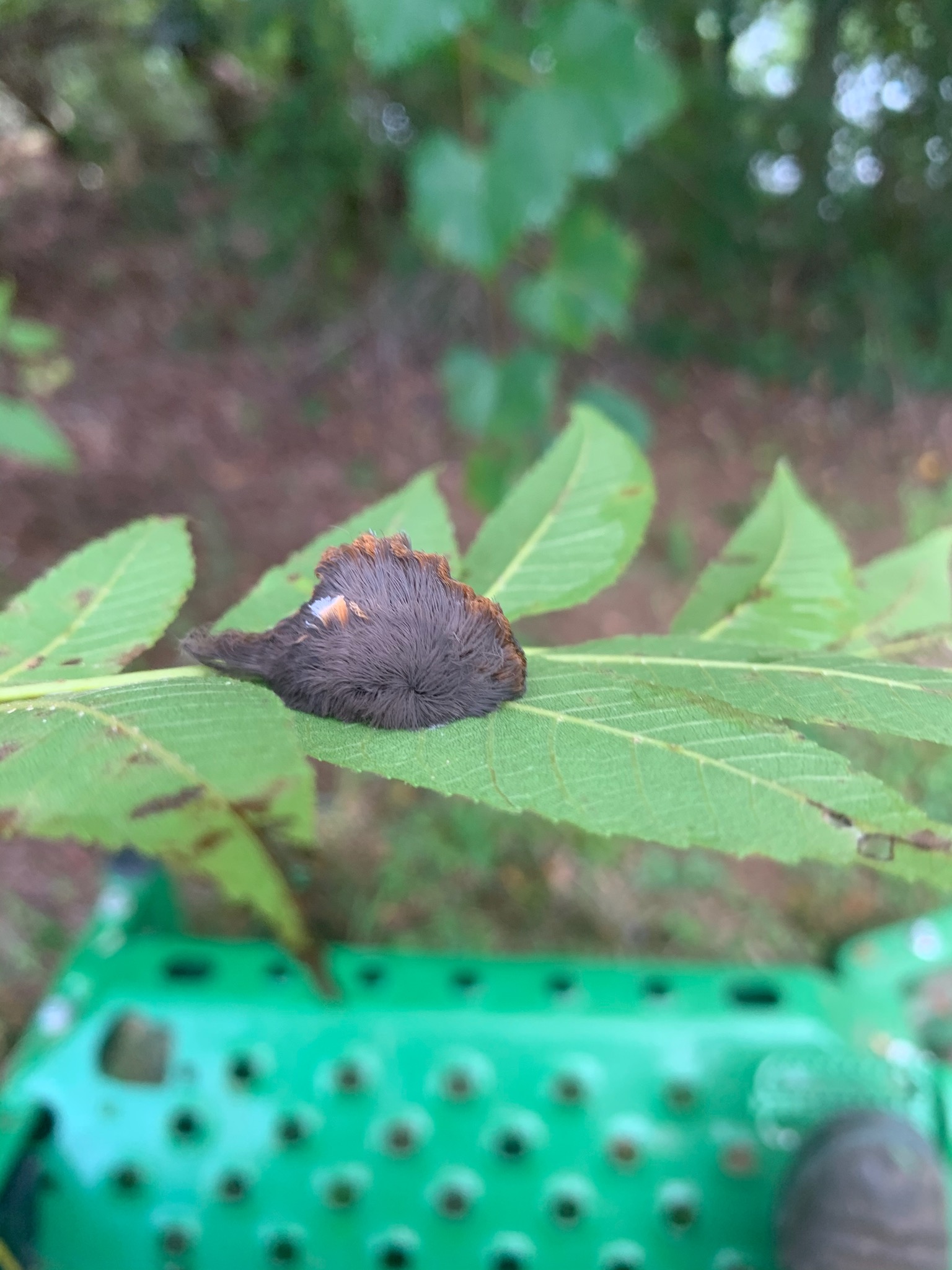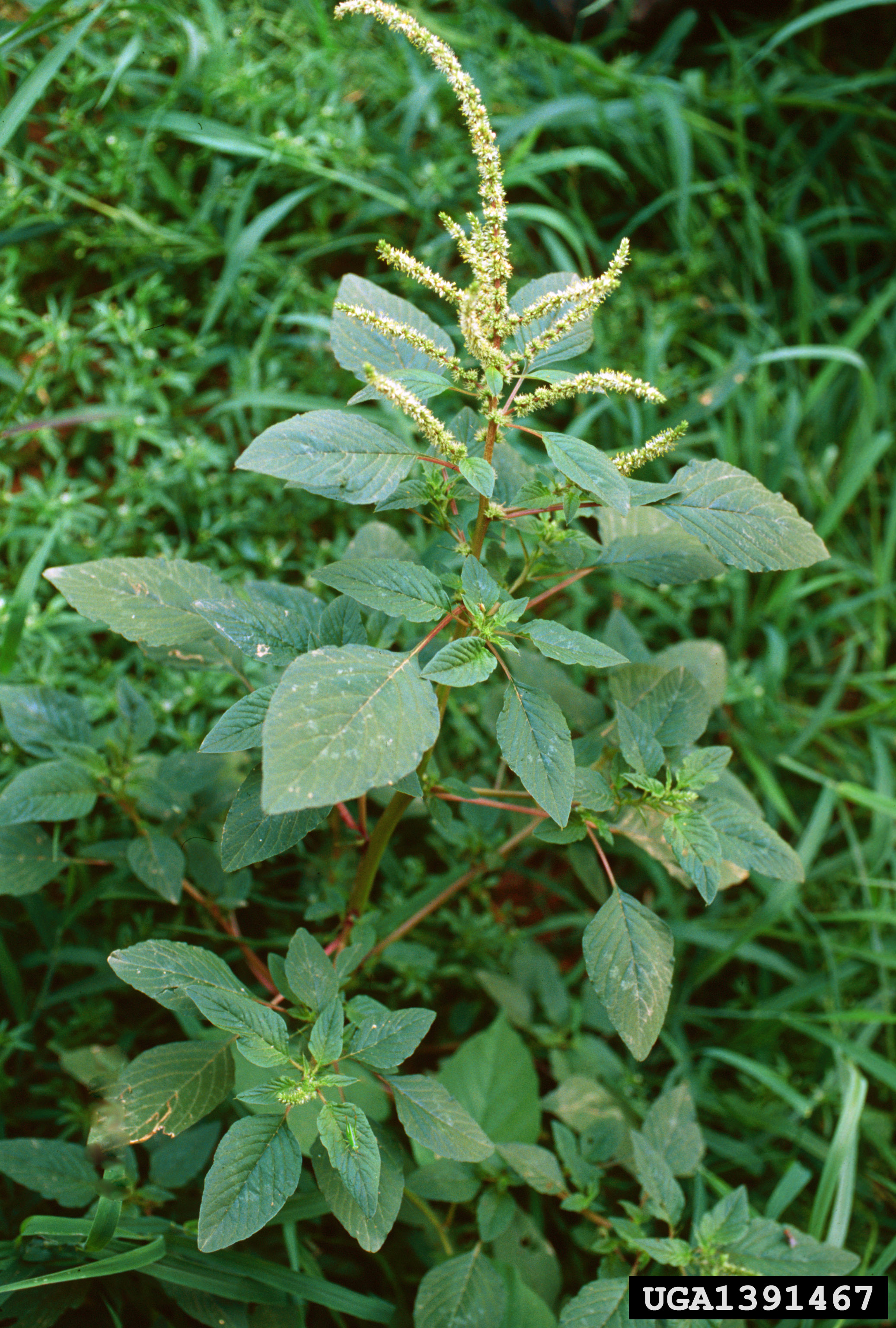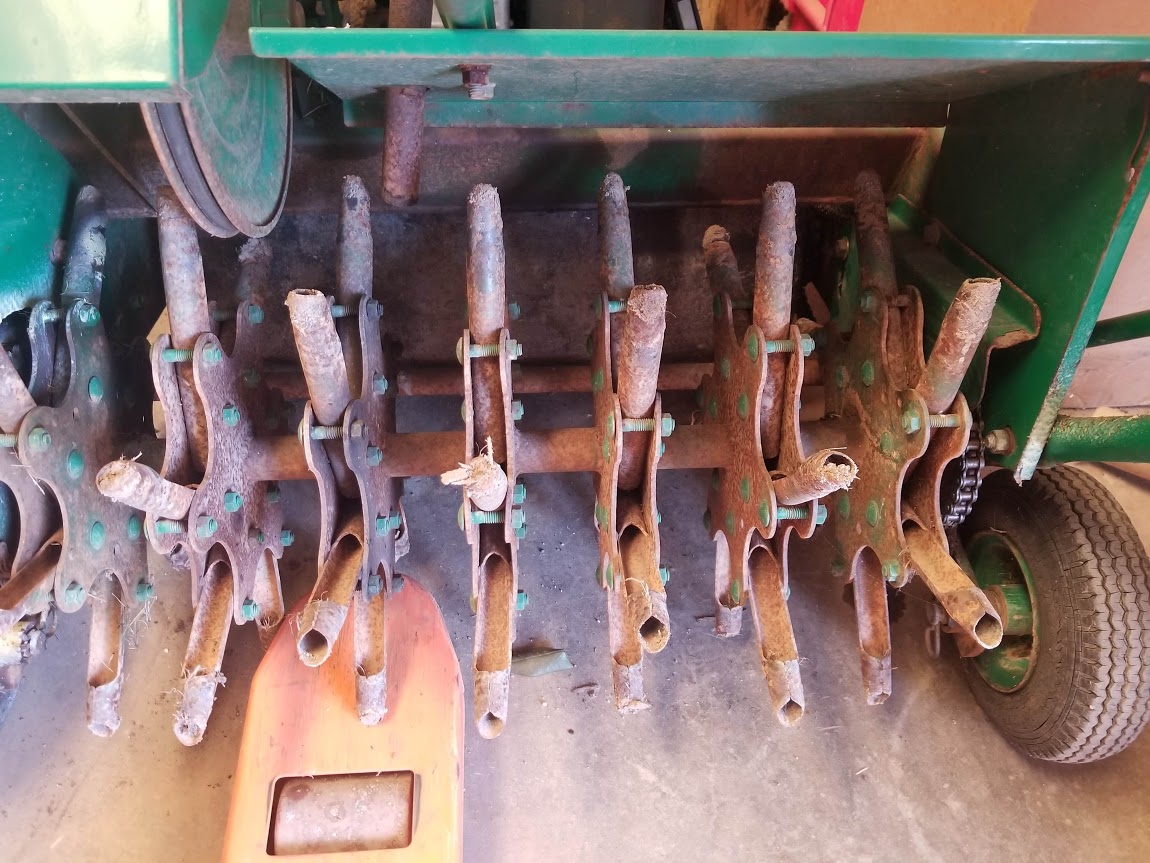What Is This?????
go.ncsu.edu/readext?732222
en Español / em Português
El inglés es el idioma de control de esta página. En la medida en que haya algún conflicto entre la traducción al inglés y la traducción, el inglés prevalece.
Al hacer clic en el enlace de traducción se activa un servicio de traducción gratuito para convertir la página al español. Al igual que con cualquier traducción por Internet, la conversión no es sensible al contexto y puede que no traduzca el texto en su significado original. NC State Extension no garantiza la exactitud del texto traducido. Por favor, tenga en cuenta que algunas aplicaciones y/o servicios pueden no funcionar como se espera cuando se traducen.
Português
Inglês é o idioma de controle desta página. Na medida que haja algum conflito entre o texto original em Inglês e a tradução, o Inglês prevalece.
Ao clicar no link de tradução, um serviço gratuito de tradução será ativado para converter a página para o Português. Como em qualquer tradução pela internet, a conversão não é sensivel ao contexto e pode não ocorrer a tradução para o significado orginal. O serviço de Extensão da Carolina do Norte (NC State Extension) não garante a exatidão do texto traduzido. Por favor, observe que algumas funções ou serviços podem não funcionar como esperado após a tradução.
English
English is the controlling language of this page. To the extent there is any conflict between the English text and the translation, English controls.
Clicking on the translation link activates a free translation service to convert the page to Spanish. As with any Internet translation, the conversion is not context-sensitive and may not translate the text to its original meaning. NC State Extension does not guarantee the accuracy of the translated text. Please note that some applications and/or services may not function as expected when translated.
Collapse ▲This week I want to share three questions we received at the Caldwell Extension Center. I hope you find these questions and their answers helpful.
Q: Do you have any idea what this is? (See picture of caterpillar.)

This funny looking thing is a puss caterpillar. (Credit: David Story)
A: This a puss caterpillar. A puss caterpillar is one of a few venomous, or “stinging”, caterpillars native to the United States. These stinging caterpillars have a series of hollow glass-like hairs or spines on the body that contain venom. When a hair comes in contact with skin, the tip of the hair will break off and the venom enters the wound created by the spine.
If you happen to brush against one of these caterpillars, you will feel a burning and stinging sensation caused by the venom. Some people can be very sensitive to the venom and may require medical attention. However, most people will not require medical attention.
My colleague, Sam Marshall, says “If you are stung, masking tape may be used to remove the stinging hairs from the affected area. Apply ice and a topical hydrocortisone cream, or take an oral antihistamine to reduce swelling.” Personally, I’ve not tried Sam’s suggestion, but it sounds like it should work. Whenever I’ve been stung, I immediately have two scoops of Mayfield Caramel Toffee Crunch ice cream. I’m convinced this is the best way to treat most minor ailments.
The adult form of the puss caterpillar is the southern flannel moth. This is a small moth that can be found in the Southeastern United States. The adult is completely harmless to humans. The caterpillars typically feed on oak and elm leaves.
Q: Spiny pigweed is taking over my pasture. What should I spray?

This pasture weed is spiny pigweed or spiny amaranth. Like the name implies, there are spines that keep animals from grazing this plant. (Credit: John D. Byrd, Mississippi State University, Bugwood.org)
A: Right now, I would not spray anything. Spiny pigweed (also called spiny amaranth) is common throughout Caldwell County. This plant is native to the United States, but it is a pest. Spiny pigweed has two very sharp spines at the base of the leaves at each node. This plant is a summer annual species. Annual plants grow each year from seed.
I find spiny pigweed most often around livestock feeding areas and corrals. This weed does well in bare, highly compacted areas where it has little competition. However, if not controlled, spiny amaranth will spread throughout the pasture.
Animals avoid grazing around spiny amaranth because of the sharp spines. However, animals will consume the seed spikes. And like all pigweeds, this plant is an abundant seed producer. One plant can produce 100,000 seeds.
At this point in the year, just mow the pigweed. I also suggest reseeding where pastures are thin. Be sure to let the pasture rest, too. And next year, be ready to control pigweed earlier in the season.
Q: Is there a difference between core aeration and spike-type aerators?
A: Core aerating is an important part of regular lawn maintenance, especially for renovation and maintenance of cool season fescue lawns. Core aerating penetrates the soil and pulls a portion of soil out of the ground, providing an open space about a half inch wide and 3 or 4 inches into the soil. Increasing soil pore or air space is important for the growth of fescue roots. Core aeration also allows fertilizer and lime quicker access to the plant’s root system by placing it deeper in the soil profile.
Spike-type aerators punch holes into the soil and leave no castings. However, spiking lawns is not recommended because spikes actually compact clay-type soils if the soil is wet enough for the spiker to sink into the soil.
The only disadvantage of coring is the castings left on top of the soil. However, the core casts from the aerator melt away in a few weeks.
Core aeration should be done every other fall for well-established fescue lawns. Avoid coring in the spring because newly established grass roots are damaged and the open soil from the cores provides the perfect growing medium for dormant weed seeds to germinate. Lawns that are weak and thin can be cored on an annual basis until desired stand is achieved.

This machine is designed to extract a plug of soil. This improves the growing environment for fescue and other turf grasses. (Credit: Darrell Blackwelder)
Thanks to Darrell Blackwelder, retired horticulture agent and director with the North Carolina Cooperative Extension Service in Rowan County, for his help with the core aeration answer. If you have agricultural questions, visit us any time at caldwell.ces.ncsu.edu or contact us during normal business hours at the Caldwell Extension Center at 828-757-1290.




